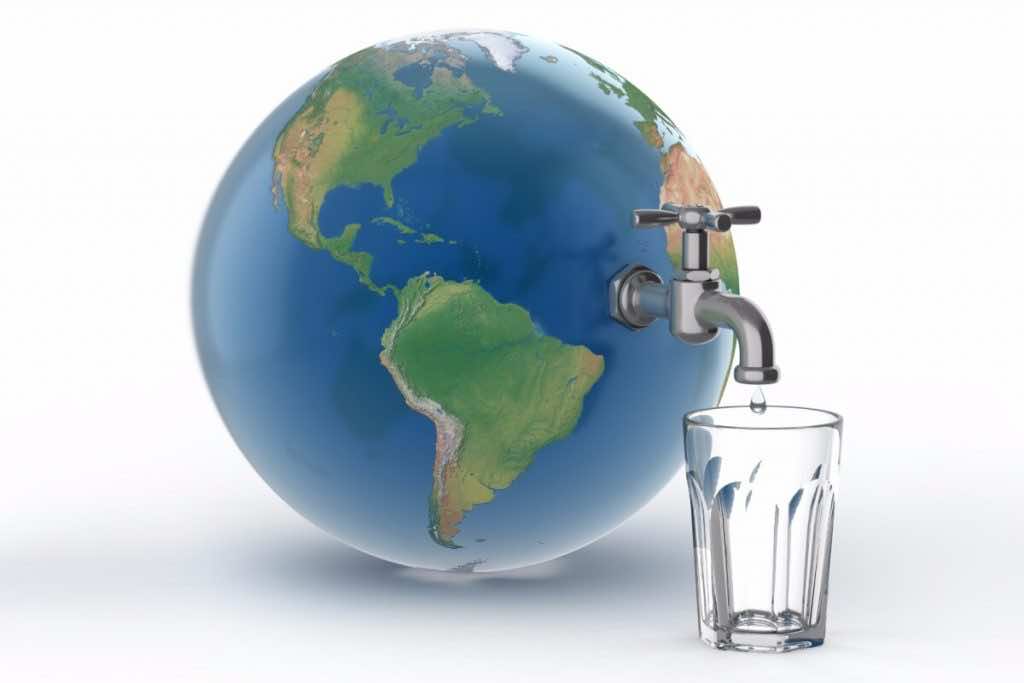Water shortage is the of the most compelling problems in the world right now, and it is expected that the world will run short of water supply by the year 2040. Our earth contains 71% water on its surface, but unfortunately, only 3% is drinkable. Thus, to limit the forecasts of water shortages, countries have been trying different techniques to desalinate it for decades. Recently, engineers at the University of Tokyo have come up with a new approach to filtering water. Researchers have opted for fluorine this time rather than carbon, which was previously used for desalination purposes. It has been discovered that fluorine is a hydrophobic element having the potential to break down water molecules, thereby keeping the liquid flowing smoothly and at an optimum speed. Moreover, fluorine, being negatively charged, can repel chlorine molecules in NaCl.
An embodiment similar to cell membranes has been developed in which different fluorine rings have been placed on top of each other in a water-tight layer. Through this, water molecules can easily pass due to the hydrophobic nature of fluorine but not the salt molecules, which would remain stuck to the side walls of this cell membrane. One of the material engineers for this project and the co-author of the paper published, Yoshimitsu Itoh, said, “It was very exciting to see the results first hand. The smaller of our test channels perfectly rejected incoming salt molecules, and the larger channels too were still an improvement over other desalination techniques and even cutting-edge carbon nanotube filters.”
On the other hand, there are a lot of techniques used for the desalination of water at present to make it drinkable. Most notably, thermal condensation and reverse osmosis are the ones being used today. However, both of these methods are efficient in the purification of water, but they are being used on a large scale, such as in industries that consume a lot of energy. But this new technique of employing fluorine nanostructures is much more efficient and faster than the conventional methods used. The process is 2400 times faster than the carbon nanotube technique, which makes it a well-regulated and economical approach.
In the meantime, this fluorine-based technology has been developed on a small scale, and a whole community cannot rely on this as it does not have that much capacity. But Itoh said, “Our test samples were single nanochannels, but with the help of other specialists, we hope to create a membrane around 1 meter across in several years.” We’re also exploring whether similar membranes could be used to reduce carbon dioxide or other undesirable waste products released by industry.”
Hence, all things considered, the promises are well within the bounds of possibility, and we hope to see such inventions in the future to conserve one of the most crucial sources of our existence, water, for generations to come. Because without water, life is not possible.

